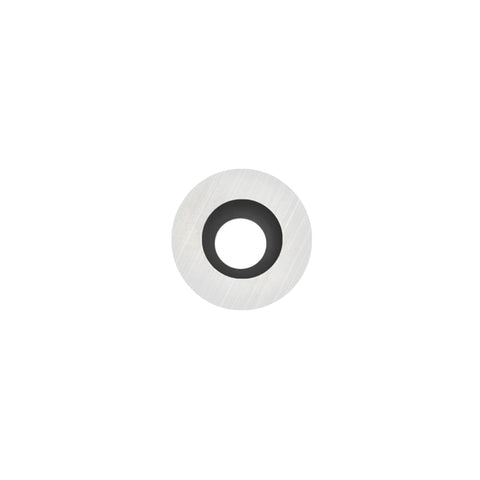Woodturing is a rewarding craft that combines creativity with skill, allowing newcomers to transform blocks of wood into bowls, spindles, and other beautifully shaped objects. As with any craft, the right tools are essential, especially for beginners looking to build confidence and master fundamental techniques. Starting with a carefully chosen selection of tools not only makes the learning process smoother but also helps ensure that each project turns out safely and successfully. While there is a broad array of tools available for advanced turners, a few key tools are best suited for beginners and provide an excellent foundation for developing essential skills.
One of the most indispensable tools for any woodturning starter kit is the spindle roughing gouge. This large gouge, often characterized by its wide, deep flute, is specifically designed to take square or rectangular blanks down to a round shape. Its design enables it to remove large amounts of material quickly, making it perfect for shaping spindle blanks and preparing the wood for finer detailing. The spindle roughing gouge allows beginners to practice basic techniques without needing to worry about the intricacies of detailed cutting. It's easy to control, which builds confidence while providing a consistent shape to the wood. However, it's worth noting that the spindle roughing gouge is intended solely for spindle work and should not be used on bowls or other face-grain projects, as it's not designed for the stresses associated with turning larger, cross-grain pieces.
A spindle gouge is another essential tool for beginners. This smaller gouge has a shallower flute than the roughing gouge and is used to create beads, coves, and other details along the length of the spindle. Its versatile shape allows woodturners to experiment with various cuts, teaching them to control the tool's presentation and angle for different effects. A spindle gouge is invaluable for learning how to shape, contour, and create intricate designs on cylindrical pieces. It encourages new turners to develop finesse and skill in their cuts, making it an ideal tool for refining the basic form established with the roughing gouge.
For beginners interested in bowl turning, a bowl gouge is a must-have. While similar to a spindle gouge in appearance, the bowl gouge has a much deeper flute and a thicker shaft to withstand the lateral forces involved in face-grain turning. The bowl gouge is used to hollow out bowls, shape their curves, and create the initial form of a bowl blank. The thickness of the bowl gouge provides stability and prevents vibration during deep cuts, ensuring greater control over the process. For new woodturners, mastering the bowl gouge opens up a wide range of project possibilities, from simple bowls and dishes to more advanced hollow forms as skills progress. Learning to work with the bowl gouge teaches essential techniques like sweeping cuts, side-grain removal, and consistent shaping.
The parting tool is another valuable addition to a beginner's toolkit. Designed to create grooves and cut pieces off the lathe, the parting tool is often used in spindle work to mark different sections or to make final separation cuts once a piece is complete. It's a simple tool that is easy to control, allowing beginners to make precise, shallow cuts without having to worry about complex angles or presentation. The parting tool also serves as an introduction to using calipers for precise measurements, as the tool can create depth and width gauges in the wood for consistent diameters.
Rounding out the essential beginner toolkit is the skew chisel, a tool that is both highly versatile and challenging to master. The skew chisel has a flat, beveled edge that allows it to make smooth, clean cuts and is excellent for planing wood to a fine finish. While its reputation for being tricky to control can make beginners cautious, practicing with the skew chisel pays off in sharper, cleaner lines and improved tool handling skills. Learning to use the skew chisel helps new turners understand grain direction, bevel angles, and how subtle adjustments in tool presentation can yield a polished finish directly from the tool, often eliminating the need for excessive sanding.
A successful woodturning experience depends not only on having the right tools but also on keeping those tools sharp. For beginners, investing in a basic sharpening system - whether a bench grinder with a jig or a specialized sharpening system - will ensure that each tool performs as intended. Sharp tools make clean, efficient cuts, reducing tear-out and minimizing the likelihood of catches, which can be intimidating for new turners. Regular sharpening also extends the life of each tool, making them more enjoyable and safe to use.
For any new woodturner, focusing on these essential tools builds a solid foundation in the craft. Mastering the spindle roughing gouge, spindle gouge, bowl gouge, parting tool, and skew chisel equips beginners with the skills to tackle a variety of projects, from simple spindles to basic bowls. As their skills develop, they can gradually expand their tool collection, adding specialized gouges, scrapers, and hollowing tools to suit more advanced projects. But starting with these fundamental tools is the best way to learn core woodturning techniques, gain confidence, and enjoy the creative possibilities that come with shaping wood.
